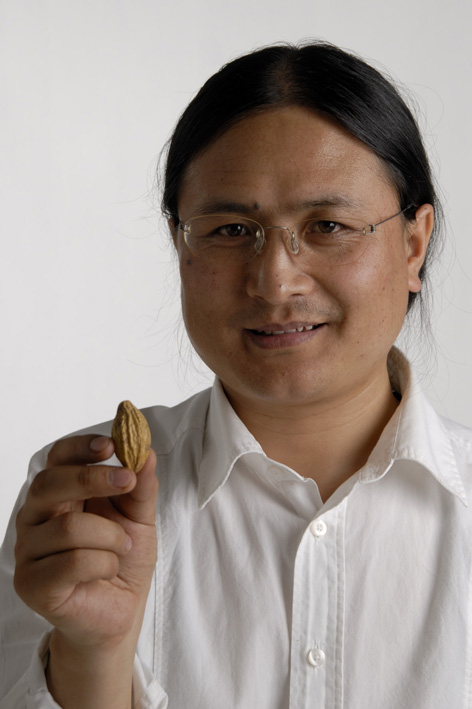
It’s been months since I’ve posted here, something quite regrettable. So to get back into the swing of things following my return to the U.S., I decided to whip up this quick translation of a long-distance interview that Dr Nida Chenagtsang, a Tibetan ngakpa or non-celibate tantric ritual specialist and Tibetan traditional doctor gave in Tibetan in 2014. Given its rich biographical and technical details, I thought that readers of this blog and students of Dr Nida would appreciate having access to an English language version.
The interview – conducted by astute interviewer Lu Nyön or ‘Crazy Snake Spirit’ – deals with Dr Nida’s two primary areas of expertise: Sowa Rigpa and Sang Ngak, that is, Tibetan Traditional Medicine and ‘Secret Mantra’ or Tibetan tantra. Lu Nyön and Nida la touch briefly on everything from Tibetan alchemical longevity practices, dream clairvoyance, traditional techniques of tantric sexual yoga, to contemporary near-death experiences with impressive clarity and directness. Dr Nida provides clarifications about the proper practice of advanced tantric yogas and gives useful introductions to both the Yuthok Nyingthik, the special esoteric Buddhist teachings aimed specifically at traditional doctors, and the Gyüshi, or ‘Four Tantras’ which together comprise the core exoteric textbook of Tibetan medicine. Continue reading

